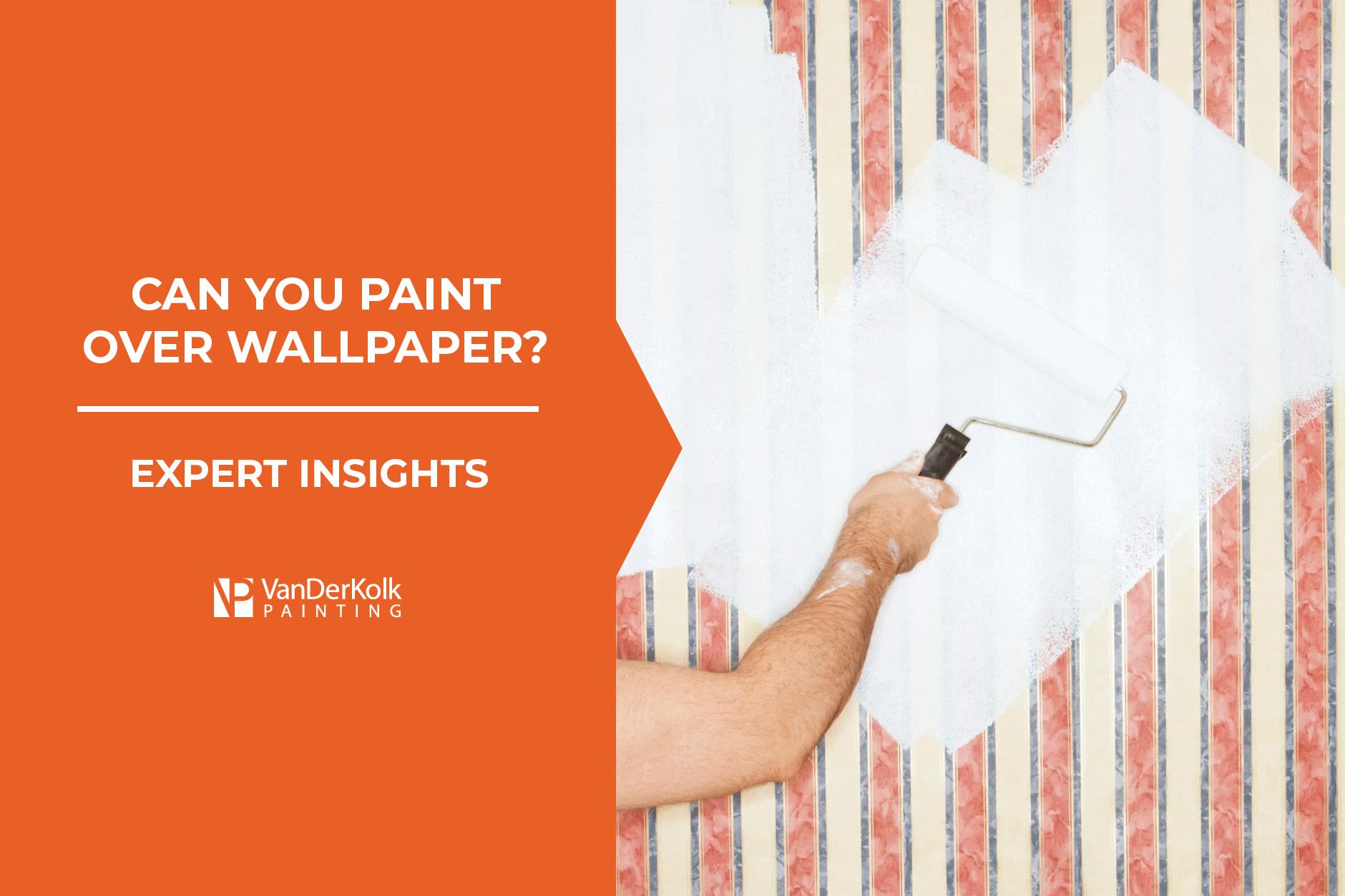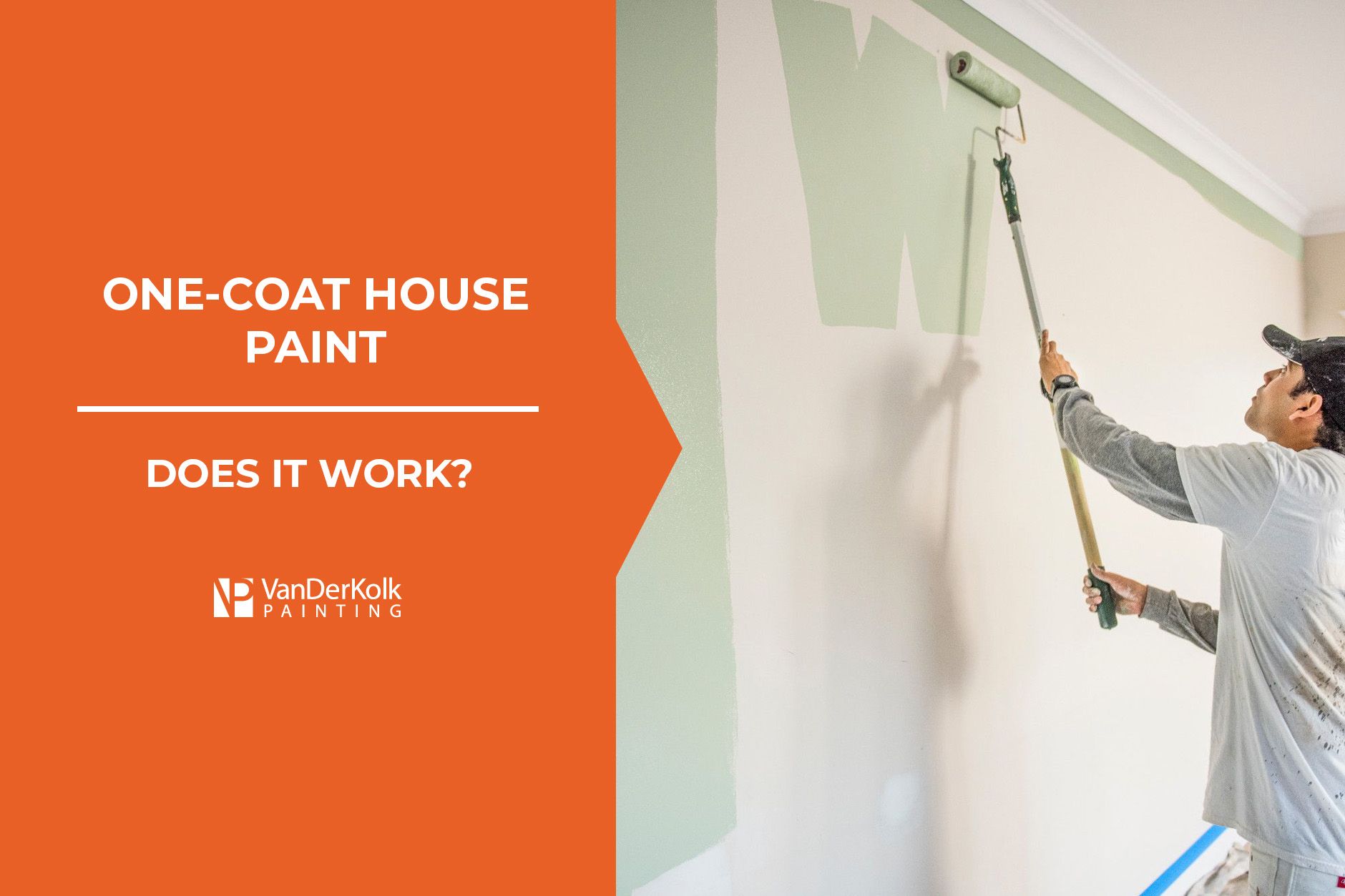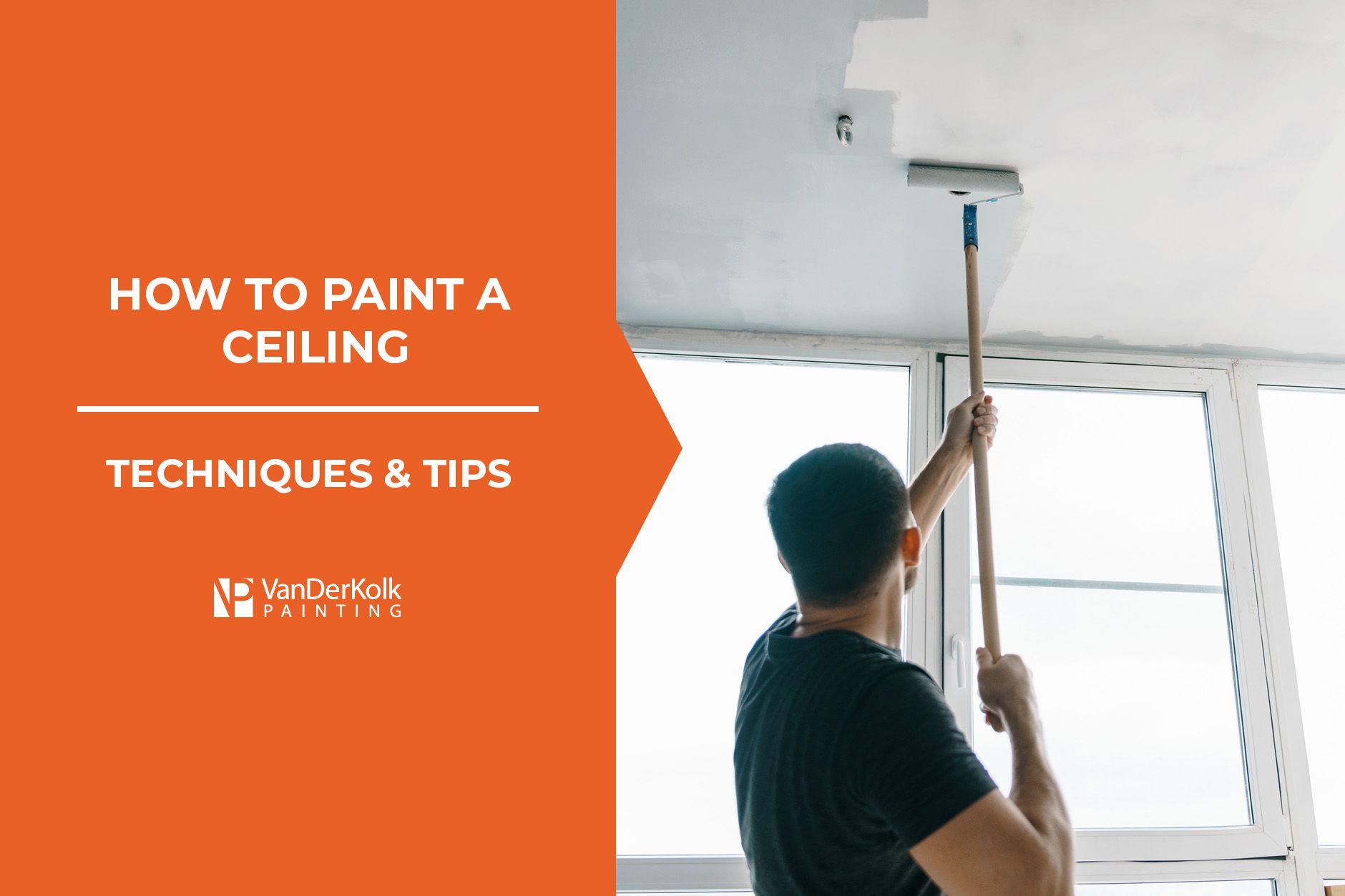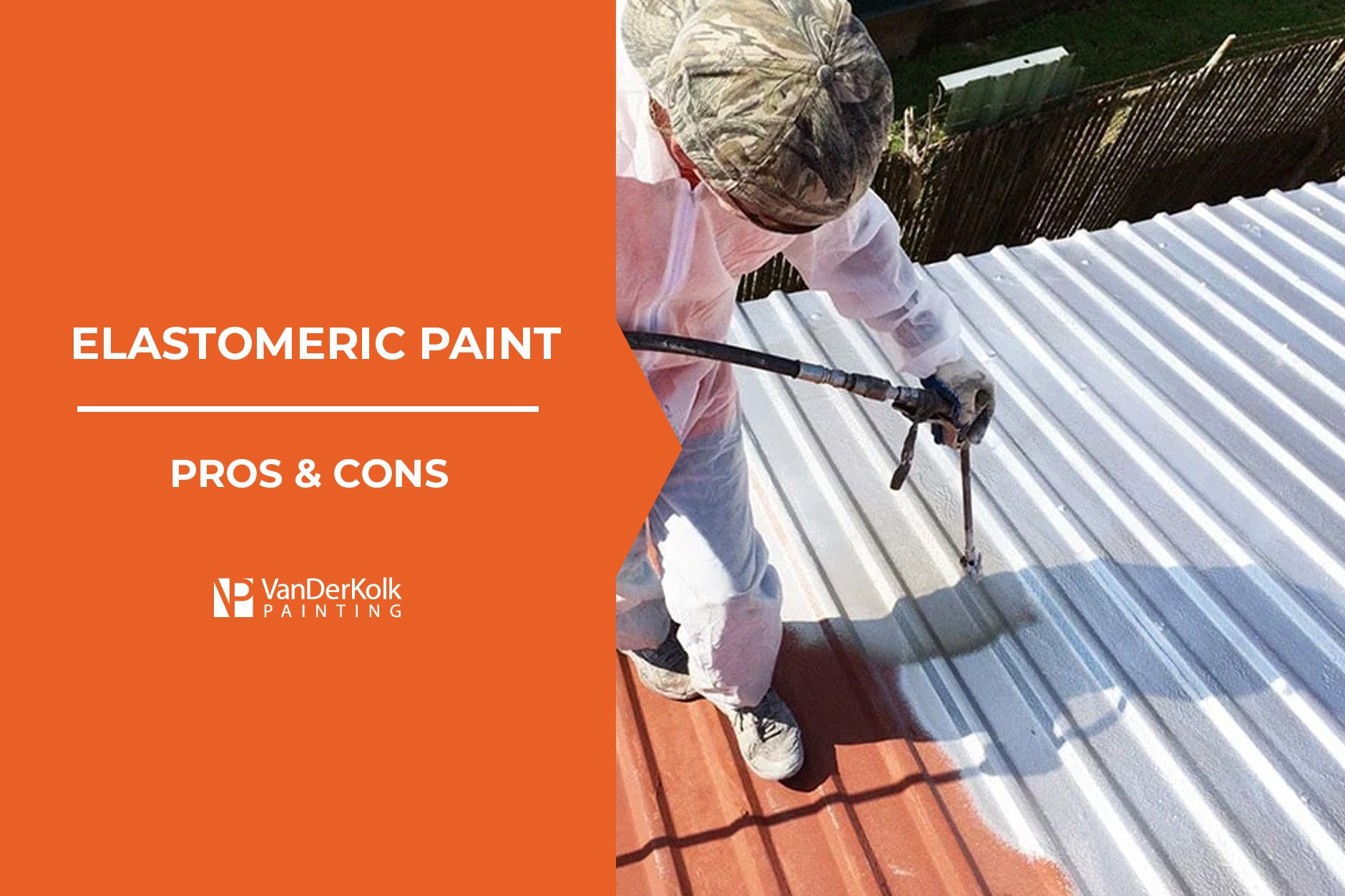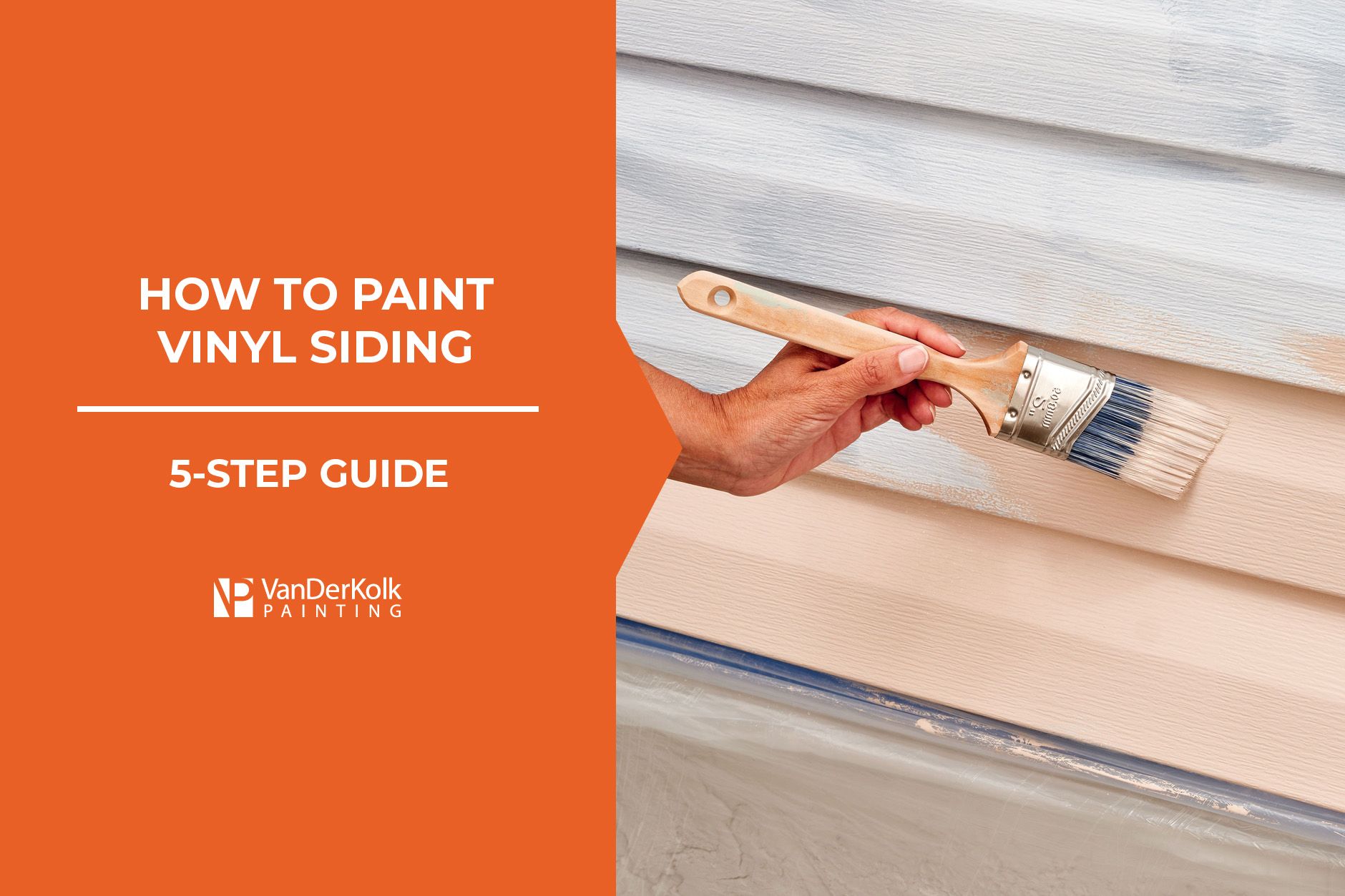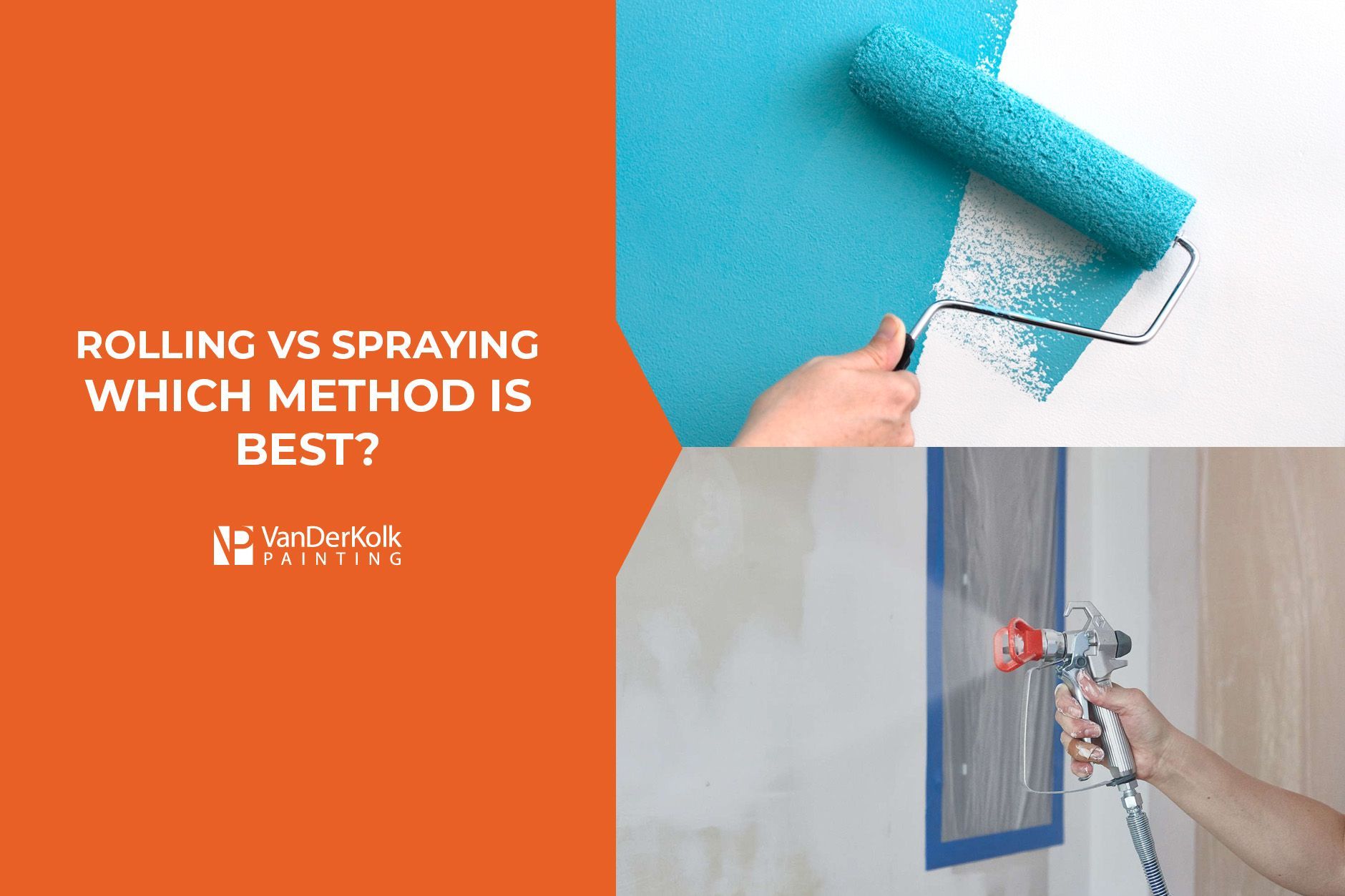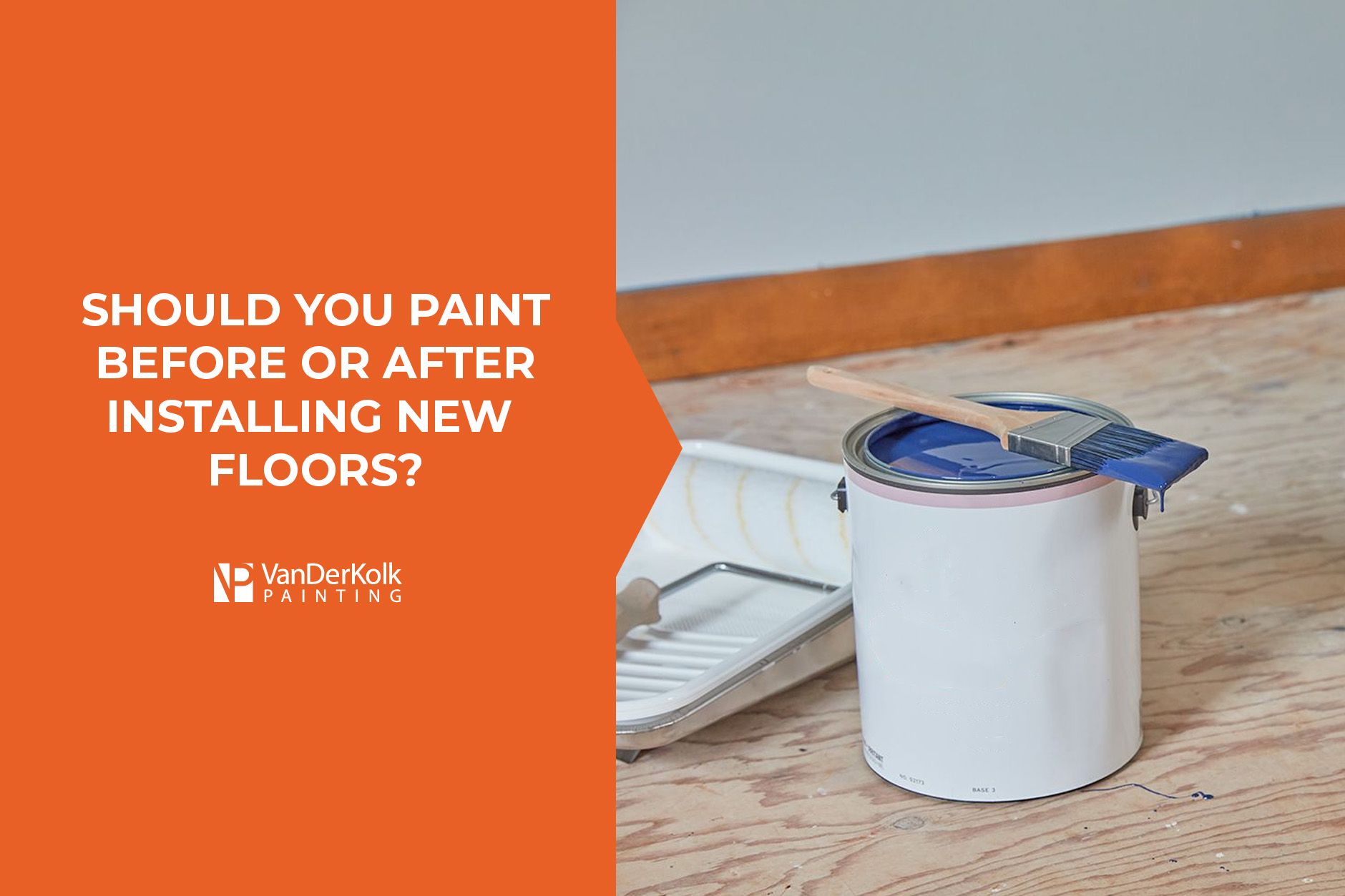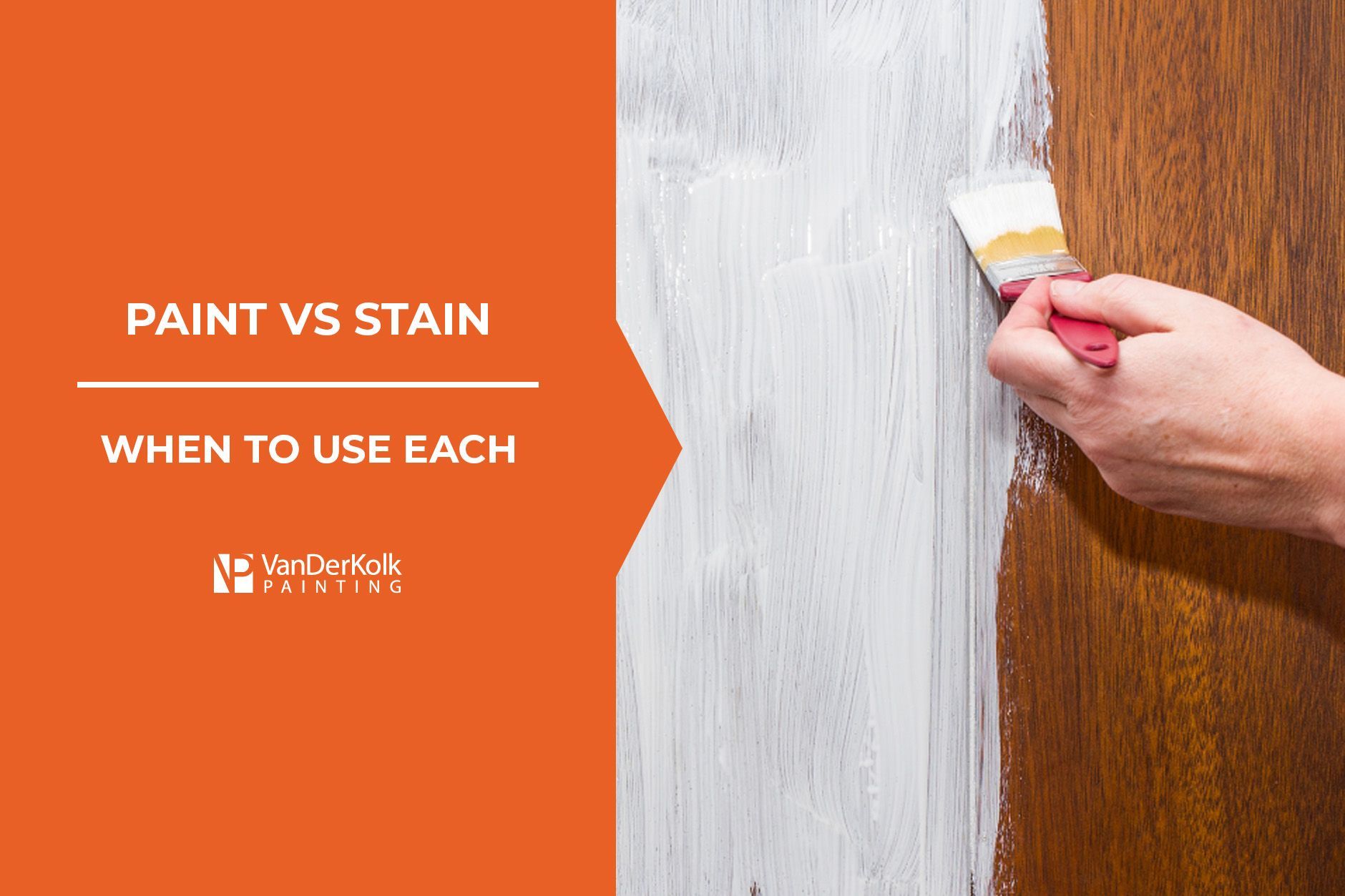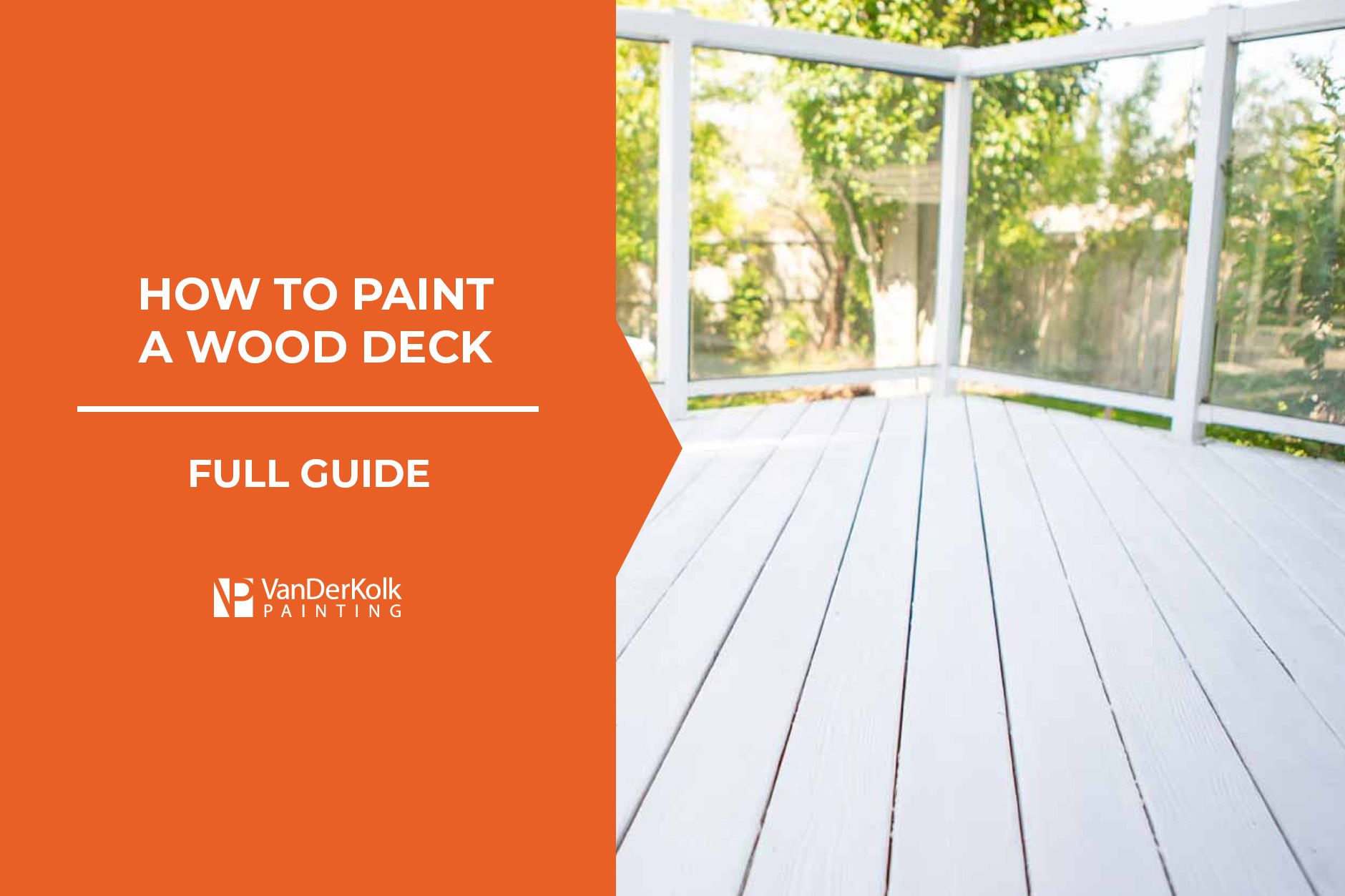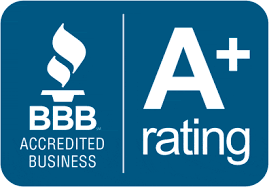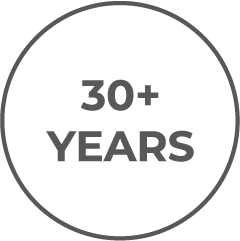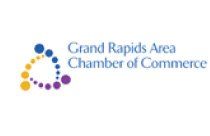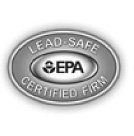2025 House Painting Statistics & Trends
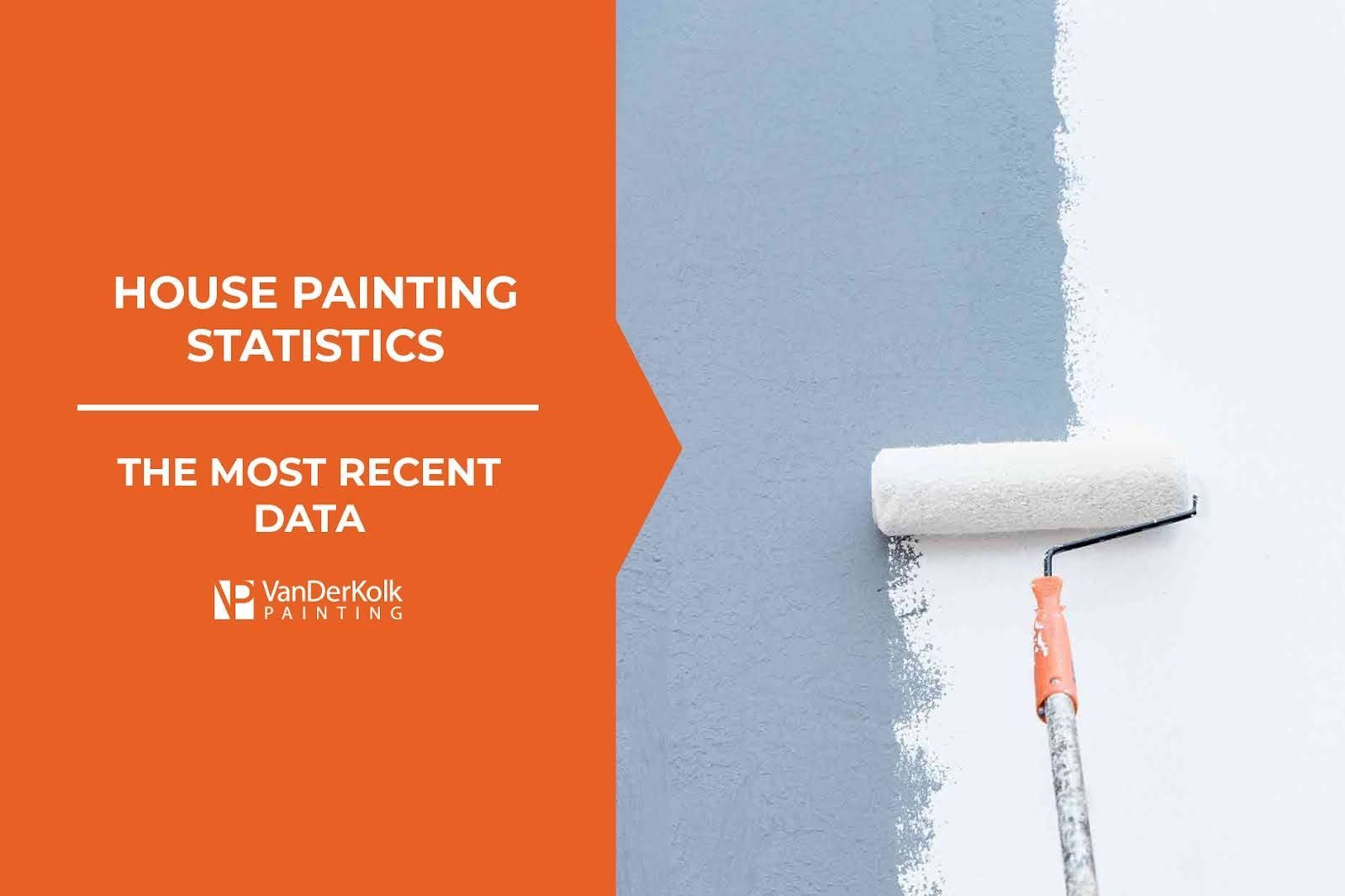
The demand for residential painting shows no signs of slowing down. With over 147.8 million homes in the United States, including single-family houses, apartments, condos, and mobile homes, millions require a fresh coat of paint each year. In fact, Americans collectively use more than 1.4 billion gallons of paint annually.
The US house painting market alone was valued at $24.4 billion in 2024, and it’s one track for steady growth. In 2025, the industry is projected to grow by 5.3% in value and 2.3% in volume. Globally, the residential painting market is expected to reach a staggering $89.4 billion by 2032, driven by a rising demand for home improvement, increased real estate activity, and evolving design preferences.
Thinking about refreshing your home with a new coat of paint this year? Whether you’re going bold with vibrant colors or keeping it classic with calming neutrals, painting your home is one of the fastest ways to transform its look and feel, inside and out.
But beyond picking a color, it helps to understand where the house painting industry is headed. From rising demand and return on investment to trending colors and eco-friendly options, 2025 is shaping up to be a big year for homeowners and painting professionals alike.
At VanDerKolk Painting, we stay on top of the latest industry shifts and trends so you don’t have to. Below, we’re breaking down the most up-to-date house painting statistics and trends to help you make confident, informed decisions for your next project.
Residential Painting Industry Statistics
Average Paint Lifespan
The lifespan of paint varies depending on a number of factors, such as sun exposure, climate, weather, surface material, paint quality, and more. Naturally, interior paint tends to last longer because it is not exposed to the elements like exterior paint. On average, interior paint lasts approximately 7 to 10 years, while exterior paint typically lasts 5 to 10 years.
Interior Paint Lifespan
- Living Areas - 5-7 years
- Bedrooms - 5-7 years
- Kitchens - 3-5 years
- Bathrooms - 3-5 years
- High-Traffic Areas - 2-3 years
Exterior Paint Lifespan
- Wood Siding - 3-7 years
- Stucco - 5-10 years
- Brick - 10-15 years
- Vinyl - 5-10 years
Certain regions with extreme weather conditions, such as coastal areas or regions with significant temperature differences, may require more frequent painting. The average duration between exterior paint jobs can be as short as 4-6 years in such areas.
Return on Investment (ROI) of House Painting
Investing in a fresh paint job can yield a significant return on investment for homeowners. Here are a few ways in which a fresh paint job can impact your ROI.
Increased Property Value
According to Consumer Reports, a well-done paint job (and choosing strategic colors) has proven to increase a home’s value. Interior painting can boost a home’s value by $2,000, while exterior painting can increase the value by 2-5%.
Maintaining your home’s interior and exterior can definitely increase its value. In fact, 80% of real estate agents believe painting your home has a positive impact on its value. However, actual ROI may vary depending on the project scope, workmanship quality, and property condition.
Exterior Painting ROI
When selling your home, experts suggest that a visually appealing exterior can attract potential buyers and lead to a quicker sale, often resulting in higher offers. And a fresh coat of paint can dramatically improve your home’s curb appeal.
Statistics show that exterior painting yields a 55% return on investment.
Interior Painting ROI
Don’t underestimate the influence of interior paint. A fresh coat of paint on your home’s interior can yield a significant return of 107%, considering factors like paint quality, color selection, and overall finish.
Popular Home Paint Colors
Painting your home is a significant investment. While you want to choose colors that suit your style, you may also want to consider homebuyer preferences to improve the ROI on your investment when selling your home.
A color psychology study conducted by Sherwin-Williams garnered insights into color preferences among homeowners.
The study found that blue is the most popular paint color, with 62% of Americans selecting the color as their favorite. 49% of Americans associated the color red with excitement, perfect for painting a dining room. While the color green sparked some divide between generations, showing that 33% of Millennials associate it with energy while the Boomer generation associates green with calmness.
Paint Color of the Year

This is paragraph text. Click it or hit the Manage Text button to change the font, color, size, format, and more. To set up site-wide paragraph and title styles, go to Site Theme.
2025 Interior Color Trends
Emerging color palettes this year show a shift towards nature-inspired palettes, including earthy tones, muted greens, and soft neutrals, offering a sense of comfort and connection to the outdoors. Deep hues and jewel tones are also having a moment this year, creating sophisticated and moody atmospheres.

Popular neutral tones include Sherwin-Williams’ “Jasper” and “Rookwood Shutter Green,” Benjamin Moore’s “Salamander” and “Carob AF-160.”

Beautiful bold hues such as Valspar’s deep navy “Encore” and Glidden’s dark plum “Purple Basil” and C2’s burnt red “Raku” join Behr’s “Rumors” this year for as popular interior colors.
Sustainability is no longer just a trend, it’s a driving force in consumer behavior. According to Forbes, 82% of consumers prioritize brands that practice sustainability, with Gen Z accounting for 75% of this eco-conscious group.
This shift is making a major impact on the paint industry. More homeowners are choosing eco-friendly paint options, specifically low-VOC (volatile organic compounds) and zero-VOC formulas, which are better for the environment and indoor air quality.
The global market for low- and zero-VOC paints is projected to reach $11.17 billion by 2025, with a steady growth rate of 6.9%, climbing to $17.83 billion by 2032. These paints can help reduce harmful emissions, improve the health of your home, and show a commitment to sustainable living.
In fact, 80% of consumers are willing to pay more for eco-friendly and responsibly sourced products. Paint brands are responding with innovative options made from renewable materials and plant-based pigments, offering vibrant color choices without compromising quality and supporting healthier, greener homes.
DIY vs. Hiring Professional Painters
While some homeowners take the DIY route for painting projects, more and more are turning to professional painters for their expertise, efficiency, and precision. In 2025, 29% of homeowners hired professionals for their painting needs, and 70% say they’re likely to hire a professional again within the next year.
Why the strong preference? Professional painters bring years of experience working with a variety of surfaces, paint types, and finishes. They know how to prep properly, apply with precision, and help you choose the right colors and techniques to match your vision. Plus, hiring a professional saves time and ensures a long-lasting, high-quality paint job.
If you’re considering a professional painter, it’s important to choose a team that’s licensed, insured, and highly rated. At VanDerKolk Painting, our skilled team is trusted throughout West Michigan for delivering outstanding interior and exterior painting services that elevate any home.
Cost of House Painting
The cost of house painting is influenced by various factors.
The average cost of interior painting for a 1,500-square-foot home is $7,500. To break it down, the average cost for wall painting is $2.75 per square foot, while trim and ceilings will increase this cost to $4.70.
Meanwhile, the average cost of exterior painting can range from $1,000 to $4,000 for a 1,000-square-foot exterior. To break it down, the average cost is between $1.50 and $4 per square foot.
To accurately estimate costs, request quotes from professional painters and consider the project requirements.
Innovative Painting Techniques
In 2025, residential painting is embracing a wave of innovative techniques that blend aesthetics, functionality, and sustainability. Some notable trends can be found below:
Textured Wall Finishes
Flat walls are giving way to textured finishes that add depth and character to interiors. Techniques like suede, metallic, and matte applications are gaining popularity, offering a tactile and visually engaging experience. These finishes can transform a plain wall into a statement piece, enhancing the overall ambiance of a room.
Biophilic Design and Nature-Inspired Palettes
Drawing inspiration from nature, biophilic design incorporates earthy tones and organic patterns to create calming environments and a sense of well-being and connection to the natural world.
Glow-in-the-Dark UV Reactive Paint
For a futuristic touch, glow-in-the-dark and UV-reactive paints are becoming popular in spaces like bedrooms and entertainment areas. These paints absorb light during the day and emit a soft glow at night, adding an interactive and dynamic element to home decor.
Modern Murals
Murals are experiencing a resurgence, shifting from traditional designs to bold, abstract forms. Artists and homeowners are using murals to infuse personality and artistry into spaces, making walls a canvas for creative expression.
Smart Paint Technology Trends
Homeowners are using AR (augmented reality) tools to visualize paint colors and design elements in their homes to ensure they choose the right color to bring their vision to life before even touching a paintbrush.
Color-Matching Apps
Mobile apps like Sherwin-Williams ColorSnap, Paint AI, and Benjamin Moore’s Color Portfolio use augmented reality and AI to allow homeowners to preview different paint colors on their walls before committing to a specific shade.
Paint with Responsive Features
Emerging smart paints are designed to interact with the environment, offering dynamic functionalities such as changing color in response to temperature fluctuations or shifting hues when an electric charge is applied.
Anti-Viral and Anti-Bacterial Paints
Innovative paint formulas offer anti-viral and anti-bacterial features by incorporating agents that reduce the spread of germs on surfaces, keeping your home healthy.
Refresh Your Home with VanDerKolk Painting
House painting trends and statistics for 2025 showcase a balance between timeless choices and new, exciting color options and technologies. Homeowners are investing in new paint jobs, both for aesthetic enhancement and for the potential return on investment.
Ready to transform your home with a color that’s both on-trend and built to last? VanDerKolk Painting is one of the leading residential home painting companies in West Michigan. Located in Grand Rapids, our professional painters serve homes throughout Kent and Ottawa Counties with expert care and quality craftsmanship.
Request a free quote for interior or exterior house painting by submitting an online quote request form or calling us at (616) 202-6570. A member of our team will be in touch as soon as possible to answer any questions you may have and provide you with a transparent estimate for your painting project.
Frequently Asked Questions
What is the average cost of professional house painting in 2025?
Interior painting costs around $7,500 for a 1,500 sq. ft. home, while exterior painting ranges from $1,000 to $4,000, depending on size and complexity.
How often should I repaint the exterior of my home?
Exterior paint typically lasts 5-10 years, but harsh climates like Michigan’s may require repainting every 4-6 years.
What are the top paint color trends for 2025?
Earthy neutrals, deep greens, navy blues, and bold reds like Behr’s “Rumors” are leading the charge this year.
Are eco-friendly paints worth it?
Absolutely. Low- and zero-VOC paints reduce air pollution and are better for your health, and 80% of consumers are willing to pay more for them.
Request A Free Quote
Our Services
Residential Services
Commercial & Industrial Services
